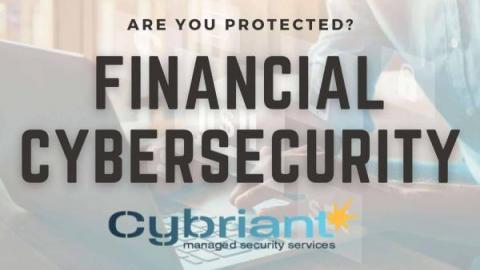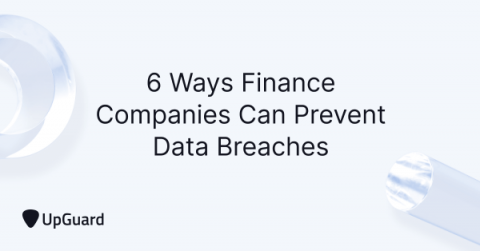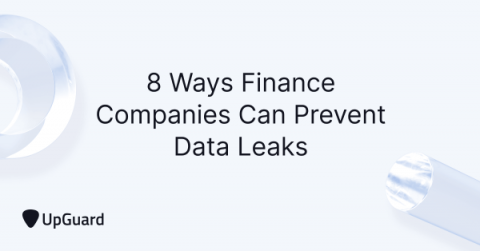Financial Cybersecurity: Are Banks Doing Enough to Protect You?
Financial Services are valuable targets for cybercriminals. As the guardians of our financial information, banks hold a wealth of data that can be used to steal identities and commit other fraud. In this blog post, we'll take a look at the steps banks are taking to protect their customers from financial cybersecurity threats, and see.









